

This guide provides comprehensive information on selecting the appropriate drywall plasterboard screws for various applications. Learn about different screw types, sizes, and materials to ensure a successful and durable finish for your project. We'll cover everything from understanding screw specifications to optimizing your installation process. This detailed overview will help you make informed decisions, saving you time and effort.
Self-tapping drywall plasterboard screws are the most common type, designed to penetrate drywall and plasterboard without requiring pre-drilling. They feature a sharp point and aggressive threads for easy installation. The choice between fine and coarse threads depends on the material thickness and desired holding power. Thinner materials usually benefit from fine threads, while thicker materials might need the strength of coarser threads. Consider the material you are working with. For instance, using self-tapping screws on very hard plasterboard might require more force or a pre-drilled pilot hole to prevent stripping. Many brands offer variations tailored to specific needs.
Drywall plasterboard screws with washers provide a larger surface area for distributing pressure, reducing the risk of the screw head pulling through the material. This is especially important in thinner drywall or when using softer plasterboard. Washers come in various sizes and materials, providing additional strength and aesthetic benefits.
For specialized applications, you might encounter other types of drywall plasterboard screws, such as those designed for fire-resistant drywall or those with specialized coatings for increased corrosion resistance. These are typically used in demanding environments and for specific construction codes.
The size of your drywall plasterboard screws is crucial. Screw length should be sufficient to penetrate the entire thickness of the drywall and extend slightly into the framing member (stud or furring strip) for secure fastening. Too short, and they won't hold properly; too long, and they might protrude on the other side or damage adjacent structures. Always refer to manufacturer recommendations based on your material thickness.
Material also matters. Steel is the most common material for drywall plasterboard screws, offering a good balance of strength and cost-effectiveness. However, stainless steel screws provide superior corrosion resistance in damp environments or exterior applications. They are a worthwhile investment for longevity.
Using the correct screwdriver bit is crucial to prevent cam-out and damage to the screw head. Choose a bit that precisely matches the screw head type. Maintaining consistent pressure during installation also improves holding power. Pre-drilling pilot holes is recommended for hard materials or when using longer screws to minimize the risk of splitting the drywall.
| Screw Type | Material | Head Type | Advantages | Disadvantages |
|---|---|---|---|---|
| Self-Tapping | Steel | Phillips, Pozidriv | Easy installation, cost-effective | Prone to cam-out, may strip in hard materials |
| Drywall with Washer | Steel, Stainless Steel | Phillips, Pozidriv | Increased holding power, prevents pull-through | Slightly more expensive |
For a wider selection of high-quality drywall plasterboard screws and other building materials, explore the extensive inventory at Hebei Muyi Import&Export Trading Co.,Ltd. They offer competitive pricing and reliable service.
Remember, proper selection and installation of drywall plasterboard screws is crucial for a professional and durable finish. Always consult the manufacturer's instructions for specific recommendations and safety guidelines.

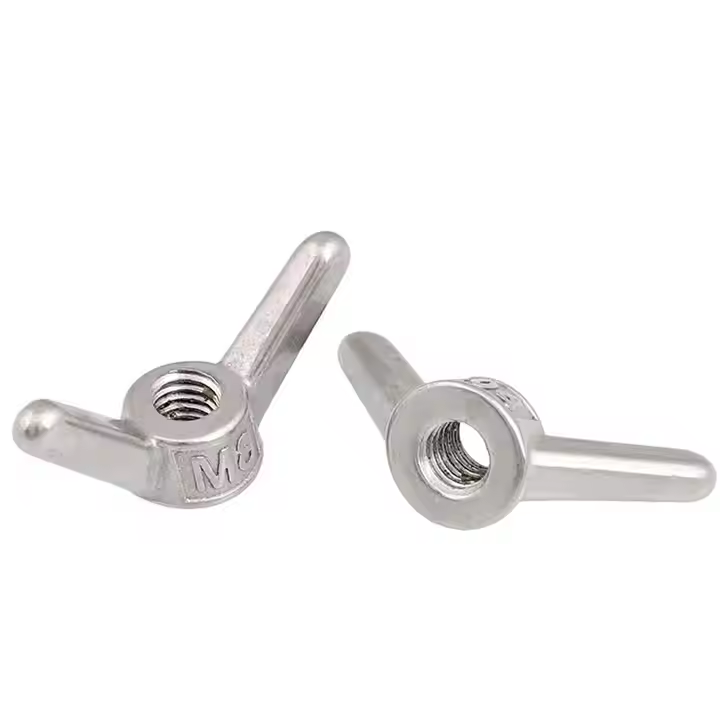
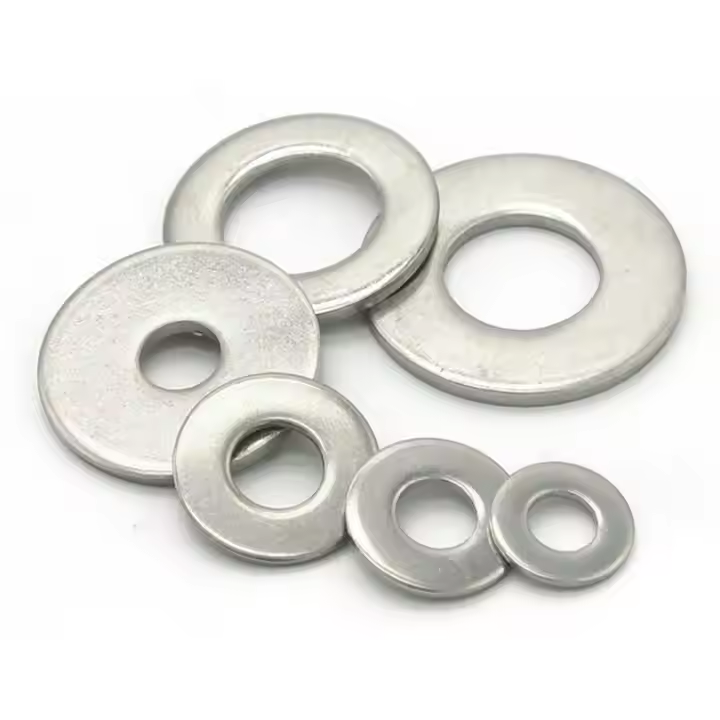

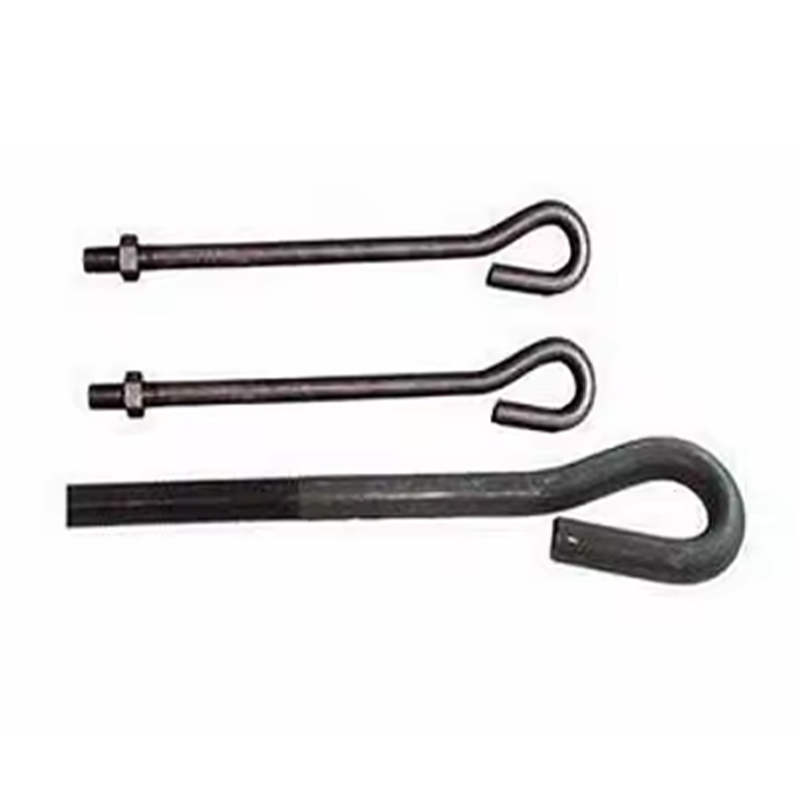
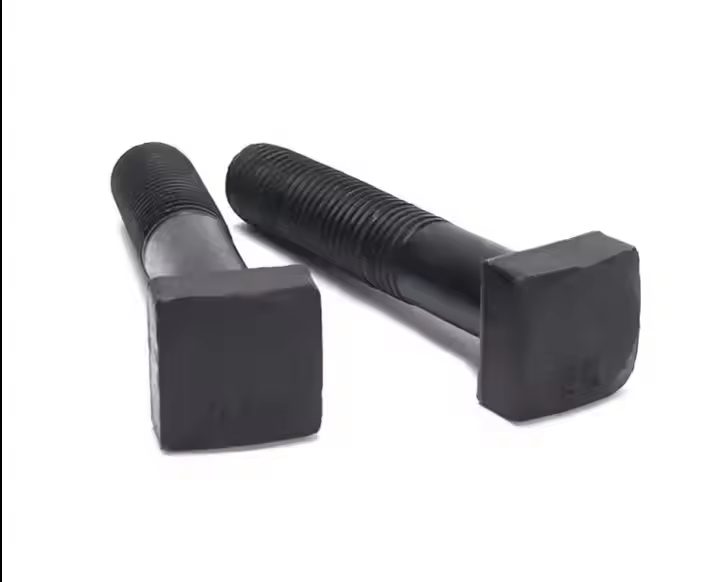
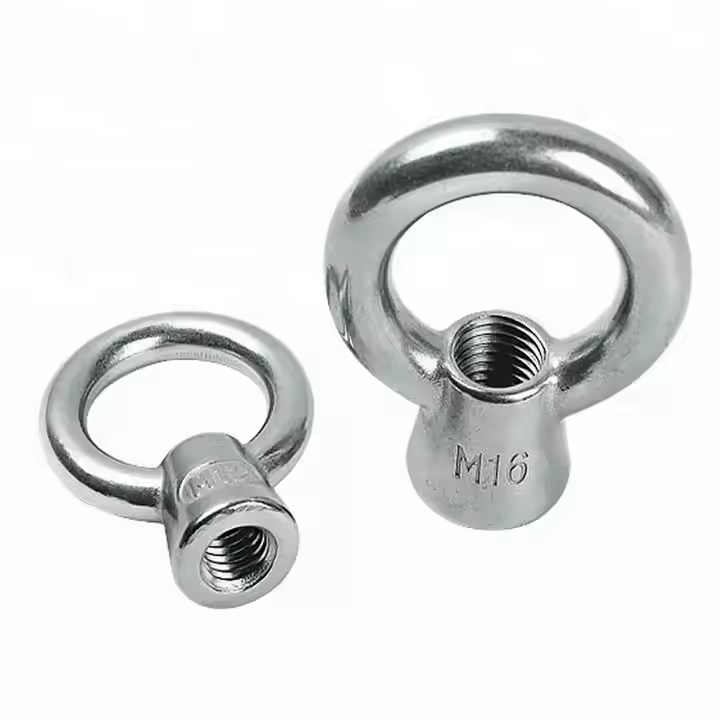
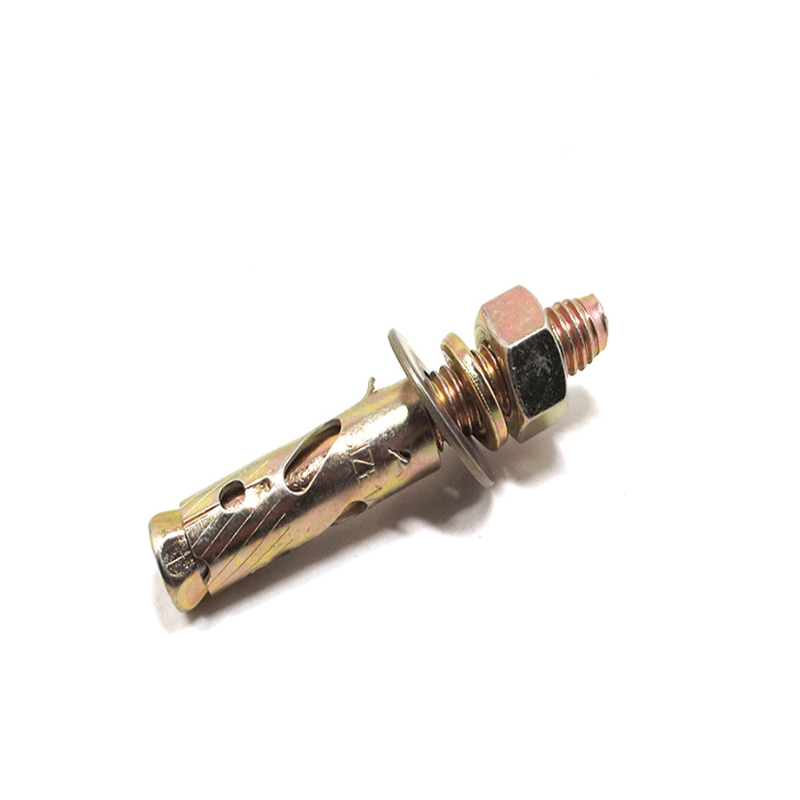

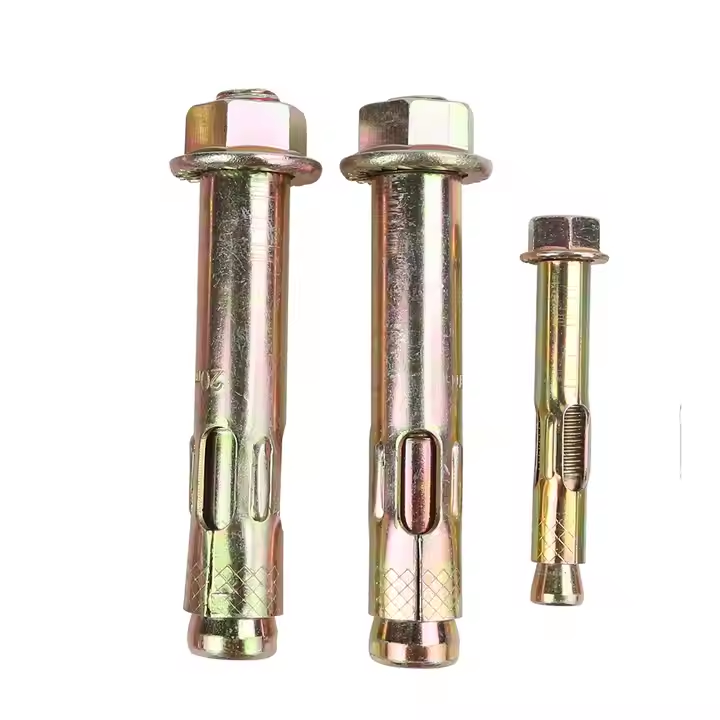



Please enter your email address and we will reply to your email.